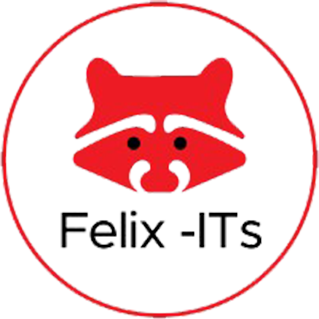Tips to Showcase Your Design Skills and Land Your Dream Job
As a fresher in the UI/UX design field, your portfolio is the most critical factor in securing a job. An impressive portfolio demonstrates your skills, creativity, and passion for design. Here’s what an ideal UI/UX portfolio should look like before applying for a job:
1) Clean and user-friendly design 🎨
Your portfolio is an opportunity to showcase your design skills. Opt for a clean, visually appealing layout that is easy to navigate and responsive across devices. Use consistent typography, whitespace, and color schemes to create a cohesive and professional look.
2) Clear introduction and personal branding 📝
Start with a brief introduction that highlights who you are, your passion for UI/UX design, and your career goals. Your personal branding should be consistent across your portfolio, resume, and social media profiles.
3) Carefully curated projects 🌟
Include 3-5 of your best projects that demonstrate your UI/UX design skills. As a fresher, these projects can come from your coursework, internships, freelance work, or personal projects. Show a diverse range of work to highlight your versatility and adaptability.
4) Detailed case studies 🔍
For each project, provide a comprehensive case study that outlines the problem, your design process, and the final solution. Include information about the client (if applicable), project goals, target audience, and constraints. Describe the research, ideation, wireframing, prototyping, and testing phases, showcasing your methodology and problem-solving skills.
5) Visual assets and deliverables 🖼
Incorporate visual assets such as sketches, wireframes, mockups, and final designs to illustrate your design process and demonstrate your attention to detail. Ensure that all images are high-quality and optimized for web performance.
6) Quantifiable results and impact ⚡
Highlight the impact of your work by including quantifiable results, such as increased user engagement, improved conversion rates, or positive user feedback. This demonstrates the real-world value of your designs and your ability to create user-centric solutions.
7) Testimonials and references (if available) 🌟
If you’ve worked with clients or on team projects, include testimonials or references from collaborators that highlight your work ethic, communication skills, and design expertise. This adds credibility to your portfolio and helps build trust with potential employers.
8) Clear call-to-action (CTA) 📞
Include a clear CTA that encourages potential employers to get in touch with you. Provide your contact information, such as email address, phone number, and links to your LinkedIn and social media profiles. Ensure your contact information is easy to find and up-to-date.
9) Keep it updated and optimized 🔄
Regularly update your portfolio with new projects and achievements, and remove any outdated or less impressive work. Optimize your portfolio for SEO and performance to ensure it’s easily discoverable and accessible.
By creating an ideal UI/UX portfolio that showcases your skills, creativity, and passion for design, you’ll be well-equipped to land your dream job in the industry. Remember, your portfolio is a work in progress – continually refine and improve it as you gain more experience and grow as a designer. Good luck! 🚀


